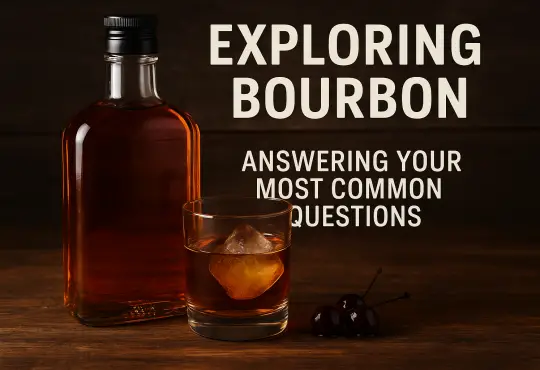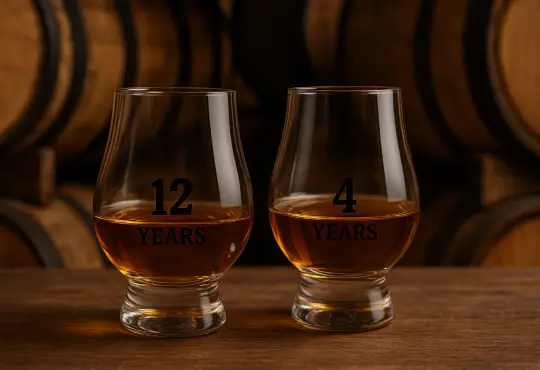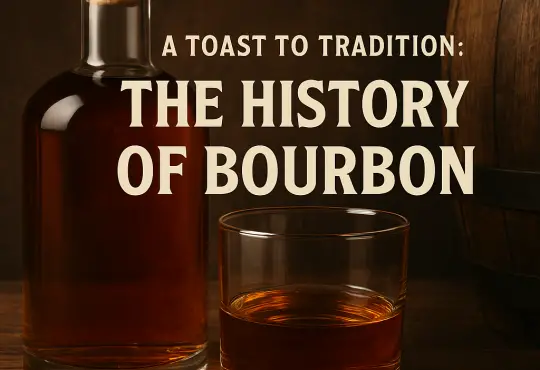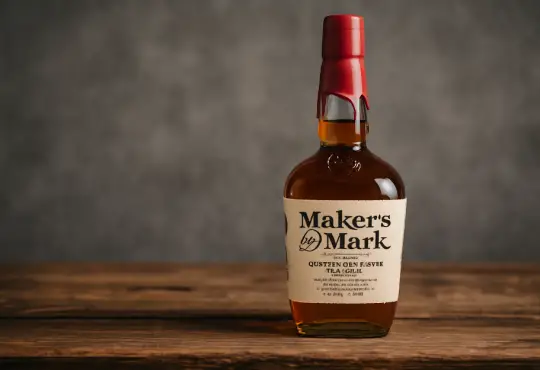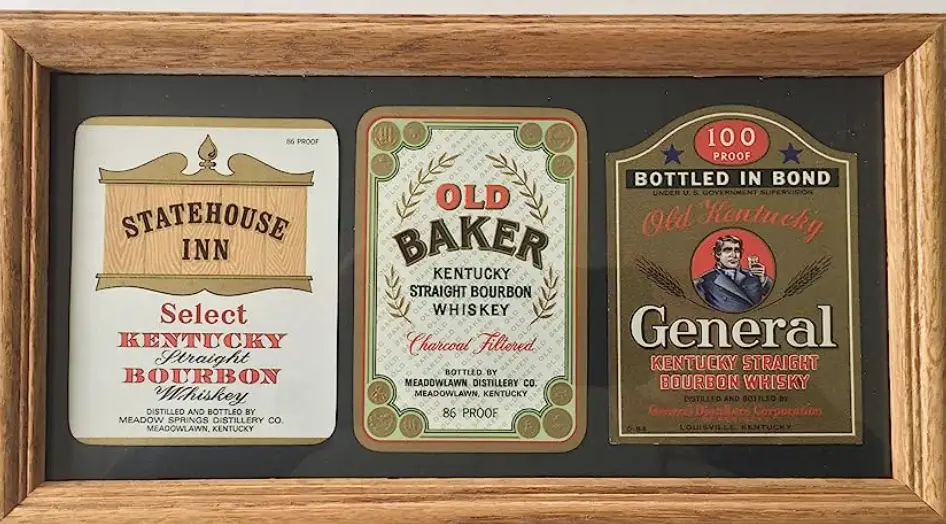
Breaking Down Bourbon Labels: Decoding the Terminology
Bourbon is more than just a spirit; it’s a cultural icon with a rich history and a distinct set of regulations that define its production and labeling. As a bourbon enthusiast, understanding the terminology used on bourbon labels is crucial in deciphering the characteristics, origins, and quality of the whiskey. In this blog post, we will delve into the world of bourbon labels and break down the terminology to help you navigate the aisle with confidence and deepen your appreciation for this beloved American spirit.
- The Basics: What is Bourbon?
Before we dive into the specifics of bourbon labels, let’s recap what makes bourbon unique. Bourbon is a type of whiskey that is primarily made from corn and aged in new charred oak barrels. According to the legal definition established by the U.S. government, bourbon must meet the following criteria:
- It must be produced in the United States.
- It must be made from a grain mixture that is at least 51% corn.
- It must be distilled to no more than 160 proof (80% alcohol by volume).
- It must be entered into the barrel for aging at no more than 125 proof (62.5% alcohol by volume).
- It must be bottled at a minimum of 80 proof (40% alcohol by volume).
- It must not contain any additives except water.
Now that we have the basics covered, let’s explore the terminology found on bourbon labels and what it signifies.
- Age Statement: Maturation Matters
One of the most important aspects of bourbon labeling is the age statement, which indicates the amount of time the bourbon has spent aging in barrels. Common age statements include:
- No Age Statement (NAS): Some bourbons do not carry an age statement. This means that the whiskey has not been aged for a specific minimum period, but it must still meet the legal requirement of aging in new charred oak barrels.
- Straight Bourbon: To be labeled as “straight bourbon,” the whiskey must be aged for a minimum of two years. If the bourbon has an age statement, it must reflect the youngest whiskey in the blend.
- X Years Old: Bourbons with an age statement of a specific number of years have aged for at least that duration. Remember, older doesn’t always mean better; taste preferences can vary.
- Mash Bill: The Flavor Profile Blueprint
The mash bill refers to the specific grain composition used in the bourbon’s production. While bourbon must be made primarily from corn, the remaining grains can vary. Common mash bill compositions include:
- High Corn Content: Bourbons with a higher corn content (e.g., 70% or more) tend to have a sweeter flavor profile with notes of caramel, vanilla, and butterscotch.
- Rye Inclusion: Rye is often used as a secondary grain in bourbon production, adding spiciness and complexity to the flavor profile. Higher rye content can result in peppery, herbal, or fruity notes.
- Wheated Bourbon: In some cases, distillers replace rye with wheat in the mash bill, resulting in a softer, smoother bourbon with a pronounced sweetness.
- Bottling Strength: Proof and Barrel Proof
Bourbon is typically bottled at a specific proof, which is a measure of its alcohol content. Understanding the bottling strength is essential, as it can influence the intensity of flavors and the overall drinking experience. Two common terms related to bottling strength are:
- Proof: The proof is twice the alcohol by volume (ABV) percentage. For example, a bourbon bottled at 100 proof contains 50% ABV. Most bourbons are bottled between 80 and 120 proof.
- Barrel Proof/Cask Strength: Some bourbons are bottled at the proof at which they come out of the aging barrel without dilution. Barrel proof bourbons are often higher in alcohol content, delivering robust and undiluted flavors. These bourbons are known for their intensity and are often diluted with water by the consumer to reach their preferred taste.
- Distiller, Brand, and Bottler
Bourbon labels often feature the names of the distillery, brand, and sometimes a separate bottler. It’s important to understand the distinction between these terms:
- Distillery: The distillery is where the bourbon is produced. It refers to the physical location where the whiskey is distilled, aged, and often bottled.
- Brand: The brand is the company or entity that markets and sells the bourbon. The brand may or may not own the distillery where the whiskey is produced.
- Bottler: In some cases, a separate bottling company may handle the bottling process for a brand or distillery. This information can provide insights into the production and distribution processes.
Conclusion
Decoding the terminology on bourbon labels empowers you to make informed choices and enhances your enjoyment of this beloved spirit. Understanding the age statement, mash bill, bottling strength, and the roles of distillers, brands, and bottlers all contribute to unraveling the story behind each bottle of bourbon. As you explore the world of bourbon, armed with this knowledge, savor the complexity, craftsmanship, and heritage that each label represents. Cheers to your bourbon journey!
Disclaimer: Please note that bourbon labeling regulations and terminology may vary by country, and this blog post focuses on the United States’ standards and practices.

